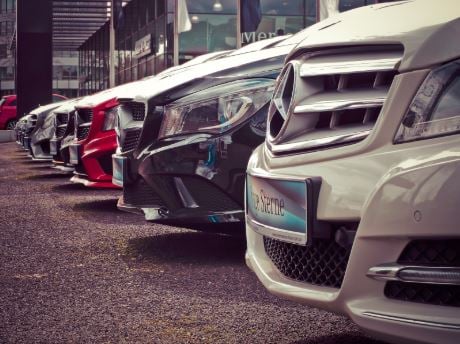
This is every fleet manager’s nightmare, and a large part of the job. How do you match fit for purpose with status, and all the other factors that come into choosing a car?
Ownership of a motor car goes through a transitional phase from aspirational to status symbol with the middle sector largely practical and covering the process from initial independence through the school years.
In the years post WWII, the growing South African economy saw many companies using a company car to entice sales and other representatives who, because of the large distances and minimal public transport, were on the road three to four days a week.
Employers then honed in on the action and started awarding more luxury cars as a ‘perk’ and recognition of status – and the practice mushroomed dramatically until Perks Tax gave focus to the reason why company vehicles were necessary and relevant.
With economic changes, environmental concerns and rapidly rising costs, fleet managers had to re-evaluate company policies and change from a company vehicle as a reward to it being a tool of trade – although senior management remains in the ‘status’ sector.
Business tool vs status
It is imperative to differentiate between a company vehicle as a business tool and one that is representative of the status of the individual driving it.
In the latter case, it is not uncommon for company executives to be allocated upper-end luxury vehicles befitting both their status and that of the company. However, it is equally important for the choices here to follow the basic principles of cost-effectiveness and practicality.
While a high-power supercar might make a statement about the company and its user, many of these are not actually practical for everyday use.

All other vehicles provided by the company need to be fit for purpose.
To determine if a vehicle is fit for purpose the following factors must be taken into consideration:
- Vehicle industry – The industry of operation is important as it affects the specification of the vehicle. For example, forestry requires special features and specifications. Legislation should also be considered as it may differ from one industry to the next.
- Where it will be driven – Terrain (tar road or gravel). If a vehicle operates in harsh conditions such as a mine or the bush a 4x4 vehicle should be used as it will be able to handle the terrain. Road conditions should be considered.
- What type of loads it is expected to carry if any – Depending on the use of the vehicle boot space might be important for example if a client delivers goods. Specialised vehicles such as carrying heavy wood require a vehicle that will be able to carry the heavy load.
- Application – The use of a vehicle is of critical importance. The fleet manager should determine what the vehicle should be used for.
- Legislation – To consider CO2 emission when selecting a vehicle might be crucial once the government implements the CO2 emissions tax.
- Efficiency – A vehicle has to be efficient to the organisation - this could mean different things to different businesses and could include consideration of factors like a fit for purpose, fuel efficiency, and more. An expensive asset that’s not used to full capacity becomes a budget drain.
- Comfort – Being comfortable while operating the vehicle is important to drivers, especially for those driving for hours on end.
- Technology – Fleet managers should determine if the vehicle requires technology such as a specialised camera or the latest offloading equipment should be fitted into the vehicle for efficient and effective use of a vehicle.
- Safety Issues, equipment requirements and signage
- What is the budget? – Being realistic with the maximum amount that a fleet manager is willing to spend is important to avoid overspending and wasting money.
- What is the expected mileage? – If the vehicle will do high mileage it is wise to purchase a vehicle that is low on fuel.
There are other factors that need to be taken into account and these will largely be determined by the type of business conducted by the company and any additional special needs.
